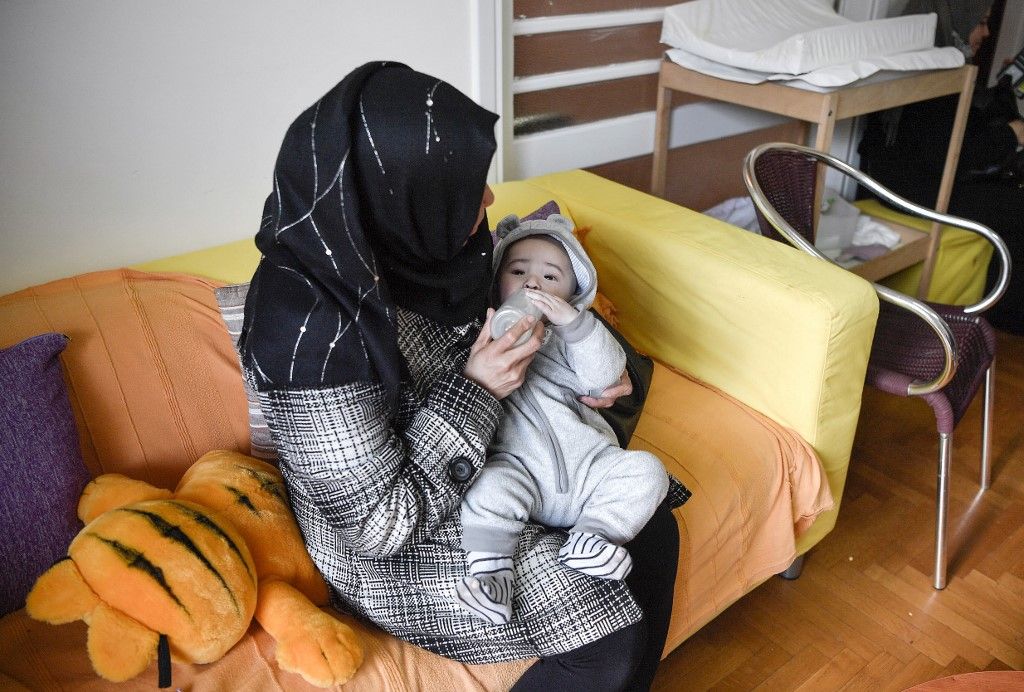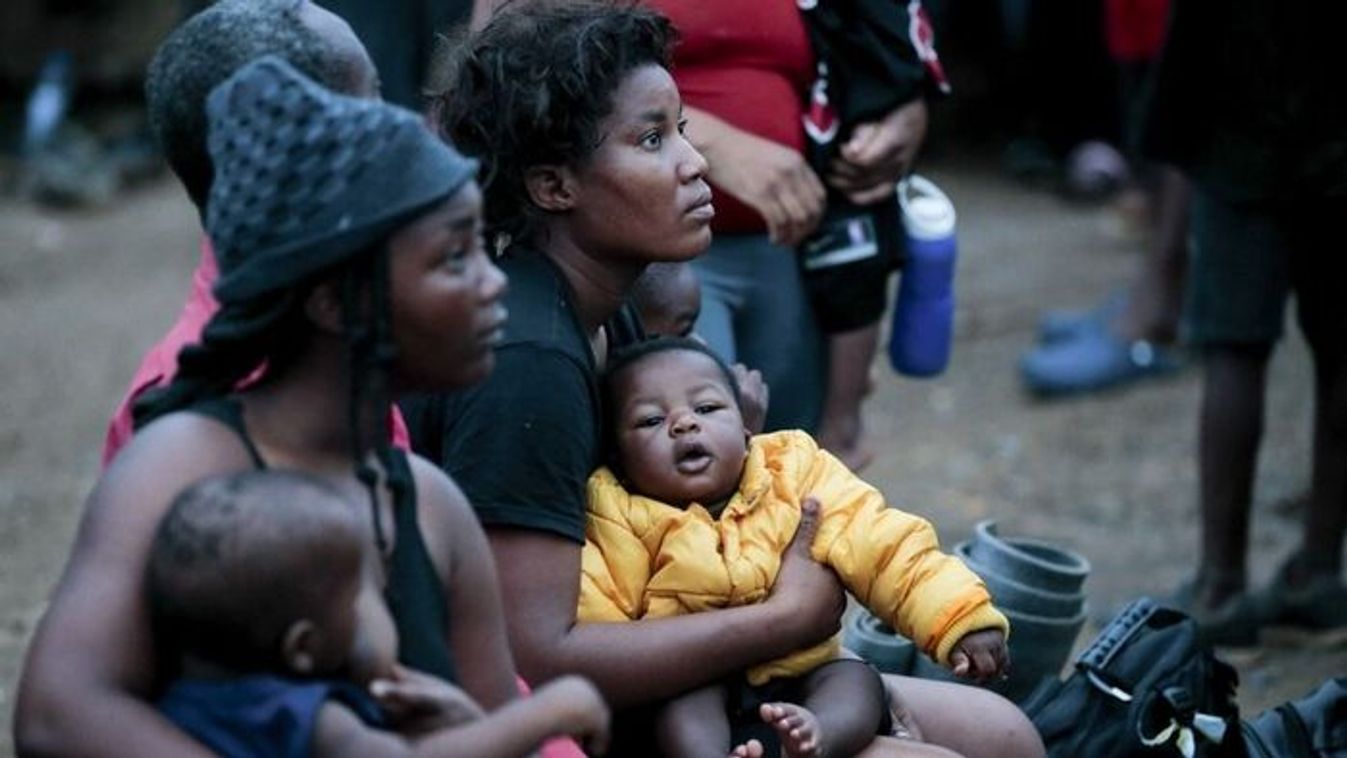The General Directorate for Foreigners in France (DGEF) conducted a survey to examine how immigrants integrate into France during the first four years after receiving their initial residence permit, V4NA reports. The research used a representative sample of adult citizens from non-EU countries who obtained their first residence permit in 2018 and were living in one of the ten departements (territories) of mainland France with the highest population of new arrivals that year.

France’s Ministry of the Interior has published data on the fertility of newly arrived immigrant women, i.e., births among women who recently settled in France. The analysis of this data reveals striking facts that clearly illustrate the strong impact of migration flows on the rapid transformation of France’s demographic landscape.
Childbearing Is Often Timed for During or After the Immigration Process
Immigrant women most commonly give birth during the first year after arriving in France. The proportion of children born one year after settlement is three times higher than those born one year before migration—and although the birth rate declines somewhat in the following three years, it still remains noticeably elevated.
According to the analysis, this is due to several factors: some women time childbirth to coincide with their arrival in France, partially for better healthcare and access to social welfare programs.
The minimum residency requirement to qualify for major family benefits (such as child allowance, maternity aid, etc.) is just nine months, with no nationality restrictions.
France has the highest rate of so-called "family” immigration in Western Europe: according to OECD data, from 2005 to 2020, 41% of permanent immigrants to France came for "family-related” reasons—three times the rate in Germany. By contrast, only 10.5% migrated for economic reasons.
It’s also noteworthy that housewives are about 30% more likely to give birth within four years of immigrating to France than employed immigrant women.
Among immigrant women, 57% of Algerians, 56% of Malians, 54% of Comorians, and 48% of Ivorians gave birth within four years of arriving in France. In contrast, only 15% of Filipino and 18% of Chinese immigrant women had children in that time frame.























Szóljon hozzá!
Jelenleg csak a hozzászólások egy kis részét látja. Hozzászóláshoz és a további kommentek megtekintéséhez lépjen be, vagy regisztráljon!